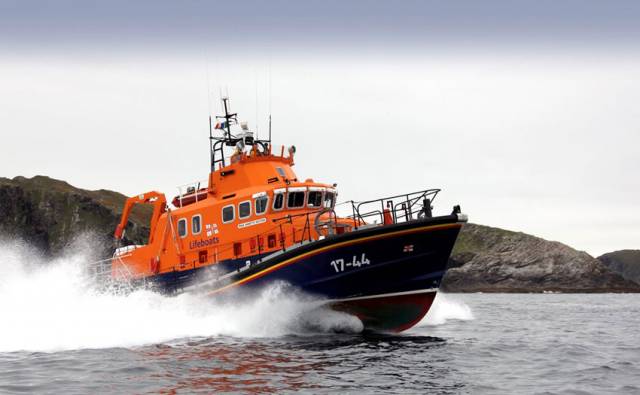#RNLI - Lifeboat crews from Ireland will feature in a new 12-part Last year alone, RNLI lifeboats in Ireland documentary for the BBC.
Saving Lives at Sea, showcasing the lifesaving work of the RNLI, starts next Wednesday 16 August at 8pm on BBC Two.
And the first episode will include the dramatic rescue of three fishermen from a sinking trawler and the rescue of 30 people from the Astrid tall ship in Kinsale.
The 12-part series features real rescues carried out by the charity’s lifeboat crews around Ireland and the UK, and gives a unique insight into the lives of the charity’s volunteer lifeboat crew members, who rescue thousands of people and save hundreds of lives around our coastline every year.
From Ireland, the series will feature lifeboat crews from Castletownbere and Kinsale in Cork, Skerries in Dublin and Bangor on Belfast Lough.
Castletownbere will be in episode three, as the crew rescue a lone sailor in storm conditions and rescue two fishermen from a boat that sinks.
Saving Lives at Sea features real-life rescue footage accompanied by heart-warming and emotive testimonials from the crew and the people they rescue.
The series has been filmed over the past year, with lifeboat crews using RNLI and special cameras and welcoming filmmakers into their day-to-day life. Rescues from the RNLI’s archives are also revisited.
Last year alone, RNLI lifeboats in Ireland launched 1,136 times rescuing 1,649 people.
Saving Lives at Sea will be broadcast weekly from Wednesday 16 August to Wednesday 1 November on BBC Two at 8pm. The series is made for the BBC by Blast! Films.
































































